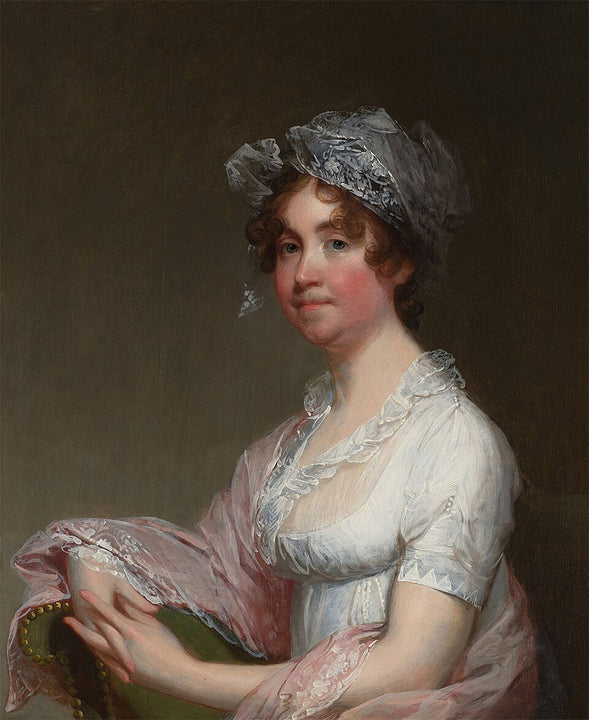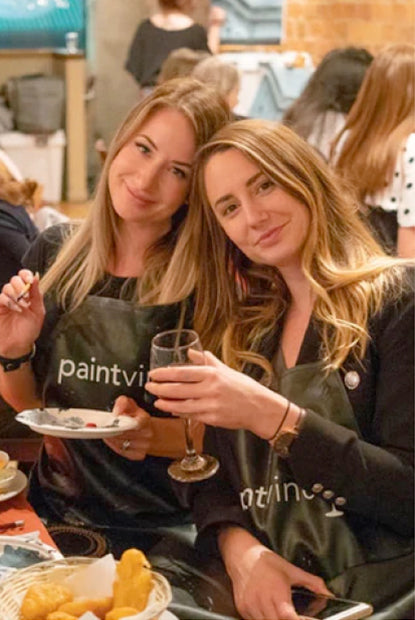
Before the age of selfies, portraiture was a serious commitment - not just creatively, but physically. In the Victorian era, being painted meant sitting perfectly still for hours at a time, often across multiple sessions. A full-length portrait could require ten to thirty hours of posing, usually in uncomfortable, stiff formalwear. Children were often propped with braces or held still by parents hiding behind the furniture. Adults were often supported with armrests - all in the name of capturing a composed, lifelike image. It was as much a test of patience and posture as it was a work of art.
But in the 1840s, this exhausting ritual began to shift. A new invention - photography - changed everything.
The Daguerreotype: A New Kind of Portrait
The daguerreotype, introduced in 1839, was the first commercially successful photographic process. It produced finely detailed, mirror-like images on silver-plated copper sheets. Early exposure times were lengthy (around 20 minutes), requiring sitters to remain unusually still. But compared to hours of painting from life, it was lightning-fast.
Although the resulting images were monochrome, many were carefully hand-tinted by artists, adding a touch of colour to cheeks, lips, or jewellery. These early photographs were prized for their precision but lacked the idealisation and warmth of traditional painted portraits.
Queen Victoria herself reportedly asked miniature painter Alfred Chalon if he feared that photography would destroy his profession. His response? “Ah, non, Madame,” he said. “Photography cannot flatter!” (The Women at Home, London, Vol. VIII, 1897, p. 812)
A New Role for Artists
As photographic technology advanced, especially in the production of portrait enlargements, a fascinating hybrid form began to emerge. By the 1860s, coloured portraits became fashionable, and studios started hiring professional artists to transform photographs into fully-fledged paintings.
The process typically went like this: a photographic enlargement was created and mounted onto canvas stretched over a wooden frame. Artists then used oil paints, watercolours, or chalks to paint directly over the image. The result? A portrait with the accuracy of a photo and the texture and beauty of a painting.
In some cases, the image was projected onto sensitised paper, allowing the artist to sketch in details with graphite or charcoal before applying paint. Once finished, the portrait would be varnished and set in an ornate gilt frame - indistinguishable at a glance from a traditional oil painting.
These painted photographs were more affordable than entirely hand-painted portraits and required no long sittings. They also provided a level of detail and realism that many conventional painted portraits struggled to achieve. For middle-class families, this meant owning a dignified painted portrait was finally within reach.
Far from making artists obsolete, photography created new jobs for them. Studios employed artists full-time to paint over photographs or add colour to black-and-white prints. Many painters rebranded themselves as “artist-photographers”, blending creative skill with commercial opportunity.
Blurring the Line Between Real and Ideal
This fusion of photography and painting created something entirely new - an art form that bridged realism and idealism, technology and craft. Painted photographs blended the crisp clarity of the lens with the soft, flattering touch of the brush. In a world shifting from hand-crafted artistry to mechanical reproduction, it offered the best of both worlds: affordable, accurate, and artistic.
Many of these hybrid portraits still survive today as elegant time capsules, their photographic foundations quietly concealed beneath layers of paint and varnish. They remind us that photography didn’t kill the painted portrait - it transformed it - and that art and technology don’t always compete, sometimes, they collaborate. In doing so, they redefined not just how we capture a likeness, but what a portrait could be, and shows that whether it was hours of posing in a velvet chair or a quiet moment behind the lens, the desire to capture a person’s likeness - flattering or not - remains as timeless as ever.
Image Credit: This file has been identified as being free of known restrictions under copyright law, including all related and neighboring rights. File:Portrait of Mrs. Jonathan Mason (by Gilbert Stuart).jpg from Wikimedia Commons. Public Domain. No edits made.

